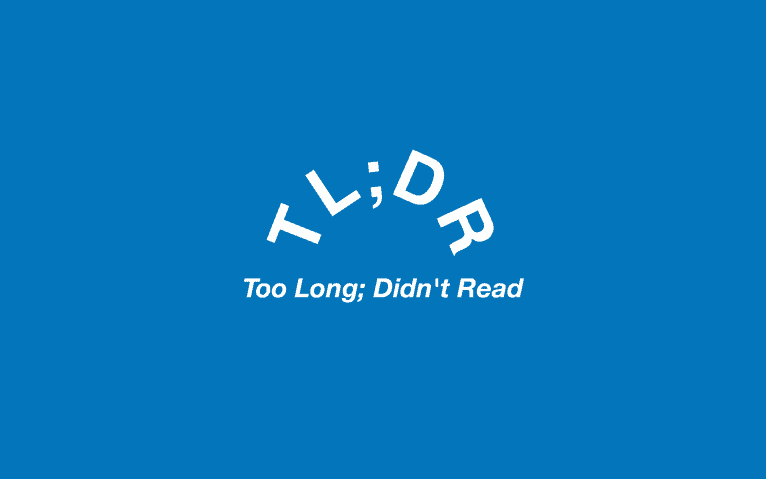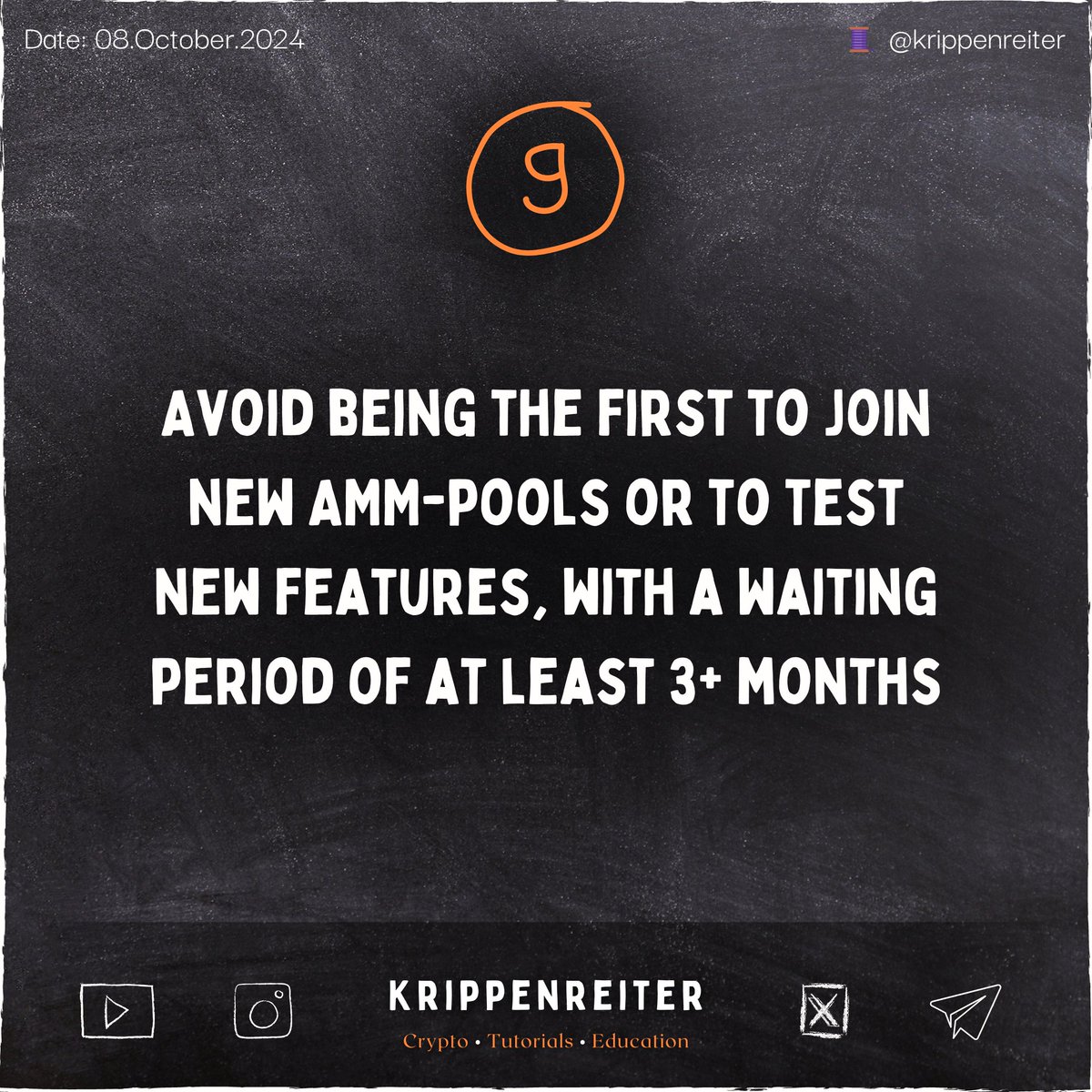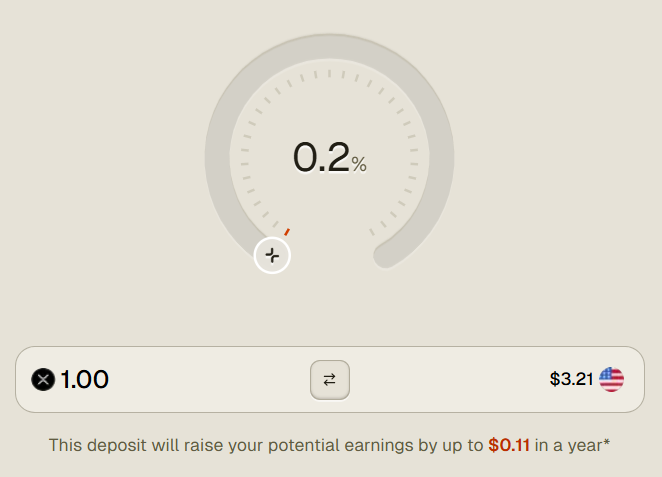[1/🧵] "#ISO20022 is bigger than you think"
You've probably heard that term a few times and wondered what it meant. 🤔
In case you are curious now:
A brief explanation of everything important.
There will be nothing complicated ahead, so don't worry. 🧵👇
You've probably heard that term a few times and wondered what it meant. 🤔
In case you are curious now:
A brief explanation of everything important.
There will be nothing complicated ahead, so don't worry. 🧵👇

[2/24] — Outline —
🔹 Origin & Timeline
🔹 What's the big deal?
🔹 Details regarding the transformation
🔹 Migration Approaches
🔹 Relations to #Crypto (#DTI)
🔹 @Ripple & #JSON formats
🔹 Origin & Timeline
🔹 What's the big deal?
🔹 Details regarding the transformation
🔹 Migration Approaches
🔹 Relations to #Crypto (#DTI)
🔹 @Ripple & #JSON formats

[3/24] — Origin & Timeline —
The #ISO 20022 standardization efforts began very early on. Indeed, you may be wondering how you missed it until this date. 😅
The #ISO 20022 standardization efforts began very early on. Indeed, you may be wondering how you missed it until this date. 😅

[4/24] — 1⃣ What's the big deal? —
#ISO20022, the successor to #ISO15022, which is the successor to #ISO7775, has a single goal:
☑️ Facilitate communication interoperability across financial institutions, market infrastructures, and end-user groups.
. . .
#ISO20022, the successor to #ISO15022, which is the successor to #ISO7775, has a single goal:
☑️ Facilitate communication interoperability across financial institutions, market infrastructures, and end-user groups.
. . .

[5/24] — 2⃣ What's the big deal? —
. . .
☑️ The potential solution w/ #ISO20022 is to create a uniform standardization method that all financial standards organizations would follow.
🤔 As an illustration, consider the unification of all languages into a single standard: English
. . .
☑️ The potential solution w/ #ISO20022 is to create a uniform standardization method that all financial standards organizations would follow.
🤔 As an illustration, consider the unification of all languages into a single standard: English

[7/24] — 1⃣ Details regarding the transformation —
What will change ❓
🔹 @ecb #TARGET2 & #TARGET2-Securities Consolidation
🔸 Replaced by #T2, a new real-time gross settlement (#RTGS) technology that improves liquidity management.
What will change ❓
🔹 @ecb #TARGET2 & #TARGET2-Securities Consolidation
🔸 Replaced by #T2, a new real-time gross settlement (#RTGS) technology that improves liquidity management.

[8/24] — 2⃣ Details regarding the transformation —
What will change ❓
🔹 #TARGET Services - Shared features
🔸 Central #liquidity management
(single liquidity pool)
🔸 One message standard ISO 20022
🔸 Joint pricing guide
🔸 Multi-vendor connectivity
ecb.europa.eu/paym/target/co…
What will change ❓
🔹 #TARGET Services - Shared features
🔸 Central #liquidity management
(single liquidity pool)
🔸 One message standard ISO 20022
🔸 Joint pricing guide
🔸 Multi-vendor connectivity
ecb.europa.eu/paym/target/co…
[9/24] — 3⃣ Details regarding the transformation —
What will change ❓
🔹 New accounts with #TARGET
🔸 Main #Cash Account (#MCA)
🔸 Dedicated Cash Accounts (#DCA)
"The #ECB addresses the growing need for an effective facility for the supply of liquidity to present [...]
. . .
What will change ❓
🔹 New accounts with #TARGET
🔸 Main #Cash Account (#MCA)
🔸 Dedicated Cash Accounts (#DCA)
"The #ECB addresses the growing need for an effective facility for the supply of liquidity to present [...]
. . .

[10/24] — 4⃣ Details regarding the transformation —
. . .
[...] and future #Eurosystem #payment and #settlement services by separating the account structure in an #MCA and #DCA arrangement.
It facilitates the usage of a single data layer and service harmonization."
. . .
[...] and future #Eurosystem #payment and #settlement services by separating the account structure in an #MCA and #DCA arrangement.
It facilitates the usage of a single data layer and service harmonization."

[11/24] — 5⃣ Details regarding the transformation —
What will change ❓
🔹 Payment message formats defined by #ISO20022
🔸 The formats differ and must be translated or received in #MX directly.
What will change ❓
🔹 Payment message formats defined by #ISO20022
🔸 The formats differ and must be translated or received in #MX directly.

[12/24] — 6⃣ Details regarding the transformation —
What will change ❓
🔹 The transition to #ISO20022-defined messages
🔸 #EURO1
🔸 #SWIFT #CBPR+
🔸 Canada's #HVPS #Lynx
🔸 Australia's #HVCS #AusPayNet
🔸 New Zealand's HVCS #NZClear
What will change ❓
🔹 The transition to #ISO20022-defined messages
🔸 #EURO1
🔸 #SWIFT #CBPR+
🔸 Canada's #HVPS #Lynx
🔸 Australia's #HVCS #AusPayNet
🔸 New Zealand's HVCS #NZClear

[13/24] — 1⃣ Migration Approaches —
🔹 Ad-hoc Translation
📝 Converts incoming #MX messages to corresponding old #MT forms, as well as outgoing MT messages to equivalent MX formats, and enables needed #reporting and confirmation messages.
🔹 Ad-hoc Translation
📝 Converts incoming #MX messages to corresponding old #MT forms, as well as outgoing MT messages to equivalent MX formats, and enables needed #reporting and confirmation messages.

[14/24] — 2⃣ Migration Approaches —
🔹 Native Implementation
📝 Accepts the entire breadth of #ISO 20022.
🔹 Native Implementation
📝 Accepts the entire breadth of #ISO 20022.

[15/24] — 3⃣ Migration Approaches —
🔹 Hybrid Approach
📝 Achieves smoother #CBPR+ adoption by allowing financial institutions to migrate a subset of CBPR+ messages using an ad-hoc #translator and other messages using native CBPR+/#ISO 20022 implementation.
🔹 Hybrid Approach
📝 Achieves smoother #CBPR+ adoption by allowing financial institutions to migrate a subset of CBPR+ messages using an ad-hoc #translator and other messages using native CBPR+/#ISO 20022 implementation.

[16/24] — 4⃣ Migration Approaches —
🔹 Centralized Payments Hub Orchestrator
📝 Operates as a #bridge between the financial institution's back-end systems and the #SWIFT network, and supports all other techniques as well as new additional functionalities
🔹 Centralized Payments Hub Orchestrator
📝 Operates as a #bridge between the financial institution's back-end systems and the #SWIFT network, and supports all other techniques as well as new additional functionalities

[17/24] — 5⃣ Migration Approaches —
🔹 Multi-Tenant Enterprise Hub
📝 Serves as a common #platform for #financial institutions, subsidiaries, branches, and offices across many areas, capable of handling local #market #infrastructure norms and #regulations.
🔹 Multi-Tenant Enterprise Hub
📝 Serves as a common #platform for #financial institutions, subsidiaries, branches, and offices across many areas, capable of handling local #market #infrastructure norms and #regulations.

[18/24] — 1⃣ Relations to #Crypto (#DTI) —
Because the entire purpose of this standard is to provide an uniform communications framework, there are no #ISO20022-compliant #cryptocurrencies.
The purpose of #crypto is to settle and transfer value and assets. 🙂
Because the entire purpose of this standard is to provide an uniform communications framework, there are no #ISO20022-compliant #cryptocurrencies.
The purpose of #crypto is to settle and transfer value and assets. 🙂

[19/24] — 2⃣ Relations to #Crypto (#DTI) —
The closest thing we have to anything that might be utilized in conjunction with #ISO20022's rich data fields is the ISO/AWI 24165-1 Digital token identifier standard.
🔹 Registration
🔹 Assignment
🔹 Structure
iso.org/standard/85546…
The closest thing we have to anything that might be utilized in conjunction with #ISO20022's rich data fields is the ISO/AWI 24165-1 Digital token identifier standard.
🔹 Registration
🔹 Assignment
🔹 Structure
iso.org/standard/85546…
[20/24] — 3⃣ Relations to #Crypto (#DTI) —
The Digital Token Identifier Foundation (#DTIF) was formed as one of #etradingsoftware's solutions in this regard.
ℹ️ The assignment is as follows:
The Digital Token Identifier Foundation (#DTIF) was formed as one of #etradingsoftware's solutions in this regard.
ℹ️ The assignment is as follows:

[21/24] — 1⃣ #Ripple & #JSON formats —
One option to #ISO 20022 messages with #XML syntax is the ability for an #API to also respond in a format with #JSON syntax.
This enables financial institutions to be flexible and #interoperable.
🔗 iso20022.org/sites/default/…
One option to #ISO 20022 messages with #XML syntax is the ability for an #API to also respond in a format with #JSON syntax.
This enables financial institutions to be flexible and #interoperable.
🔗 iso20022.org/sites/default/…

[22/24] — 2⃣ #Ripple & #JSON formats —
When it comes to #RippleNet, they do just that.
The Standard #RippleNet #Payment Object (#SRPO) provides a set of fields in the #JSON Schema while still adhering to #ISO20022.
docs.ripple.com/ripplenet/impl…
When it comes to #RippleNet, they do just that.
The Standard #RippleNet #Payment Object (#SRPO) provides a set of fields in the #JSON Schema while still adhering to #ISO20022.
docs.ripple.com/ripplenet/impl…
[23/24] — Summary —
The #ISO-20022 transformation is a huge undertaking.
#IT #admins will most likely spend the whole weekend inside a #datacenter upgrading infrastructure.
Because there will be no rollback, it is going to be challenging for the #IT department.
The #ISO-20022 transformation is a huge undertaking.
#IT #admins will most likely spend the whole weekend inside a #datacenter upgrading infrastructure.
Because there will be no rollback, it is going to be challenging for the #IT department.

[24/24] Thank you to everyone who read my ISO20022 🧵 and dug further into the complex aspects of the massive transformation! ❤️
If you enjoyed the thread, please follow me:
@krippenreiter
Please feel free to contribute by sharing here 👇
If you enjoyed the thread, please follow me:
@krippenreiter
Please feel free to contribute by sharing here 👇
https://twitter.com/krippenreiter/status/1637253580934598658?s=20
@threadreaderapp unroll
@WKahneman @digitalassetbuy @Fame21Moore @sentosumosaba @BCBacker @XRPcryptowolf @X__Anderson @stedas @XRPNews_ 👋
— My most recent article [🧵] tackles all there is to know about the major transition approaching this weekend and everything about #ISO 20022 in great depth —
— My most recent article [🧵] tackles all there is to know about the major transition approaching this weekend and everything about #ISO 20022 in great depth —
• • •
Missing some Tweet in this thread? You can try to
force a refresh






















